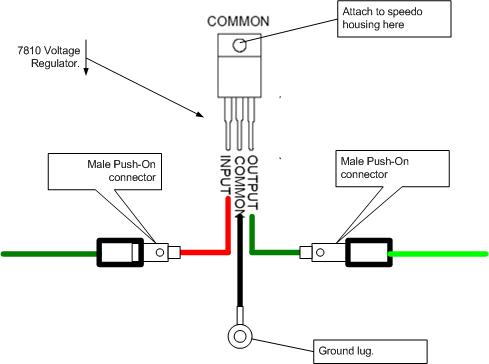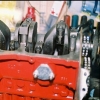Hi,i done a search and came across these part numbers for a solid state voltage regulator,as i want to wire in a seperate smiths temp gauge,as well as my inbuilt dash type on the nippon clocks.
Can anyone let me know which part number here i need.I know it needs to be 1 amp,10volts but all the different types are a bit confusing to me with positive/negative ones.
78LXX Series Positive Voltage from 5v to 24v with 100 Amp Output(TO-92)
L78XX Series Positive Voltage from 5v to 24v with 1 Amp Output(TO-220)
78SXX Series Positive Voltage from 5v to 24v with 2 Amp Output(TO-220)
79XX Series Negative Voltage from 5v to 15v with 1 Amp Output(TO-220)
I guess i need to wire switched 12volts supply to the Input on chip,then wire from Output of chip goes to the spade terminal one side of the gauge and the temp sender from head to other side terminal on gauge to work?
I will mount the chip to body behind dash to earth it out also.
Cheers Olly


















